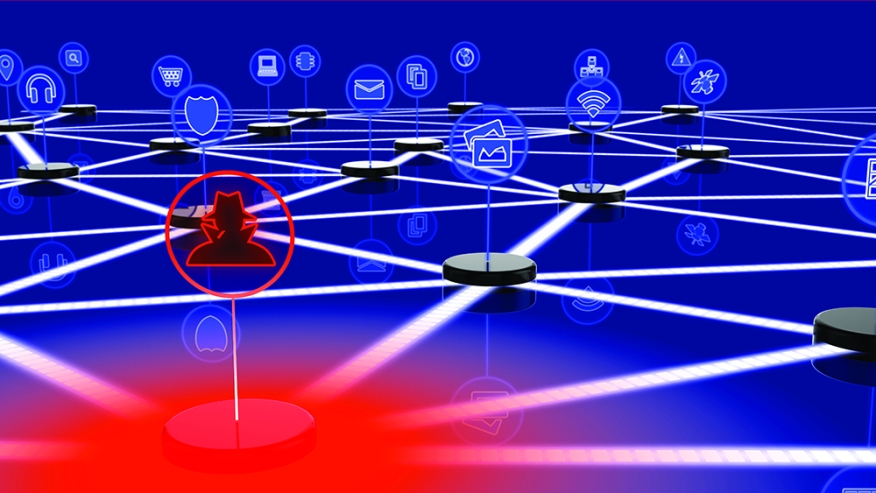However, the cloud can be vulnerable to flaws or weaknesses in a cloud environment, which attackers can exploit. The impact can even be worse for companies that count on a single cloud deployment for their business needs. Multi-cloud environments also add security and complexity challenges due to a lack of visibility and control. Therefore, businesses must now consider additional cloud cybersecurity protection tools and robust access control such as multi-factor authentication.
Between 2018 and 2019, up to 33 billion business records were exposed due to poor cloud security implementation. Also, up to 68% of organizations believe that cloud account takeovers pose a considerable risk to their operations. While the cloud has different benefits, its success hinges on secure implementation and use.
4. Misinformation/SCAM is Still Rampant
In 2021, the Federal Trade Commission received fraud reports from over 2.8 million consumers. Imposter scams accounted for the majority of cases, and consumers lost $5.8 billion to fraud that year, representing a 70-percent increase from 2020.
This information highlights the prevalence of scams and how attackers can use them to exploit unsuspecting users to share valuable information or send money to bad actors. For example, an attacker can email or call your employee in the disguise of tech support, gov’t agency, or bank support. They can then use the information to access your system and accounts.
In 2020, businesses filed 241,342 complaints of phishing scams, which cost them $54 million in losses. Scams targeting small businesses take different forms, including fake invoices, unordered office supplies or other products, directory listing scams, utility company imposters, business coaching scams, and counterfeit checks.
5. Remote Working Has Its Risks
Working remotely is convenient, but the risk posed by employees is two-fold. Companies cannot control how their files and systems are used with employees working from home. Other factors, such as unattended computers and unsecured Wi-Fi connections, aggravate the risk when working remotely.











